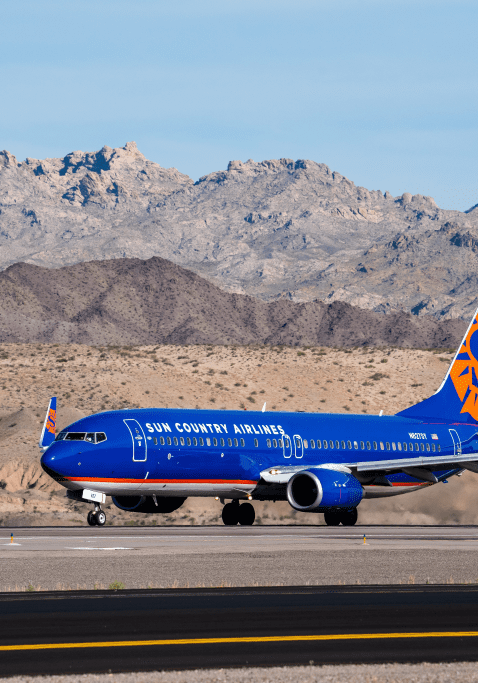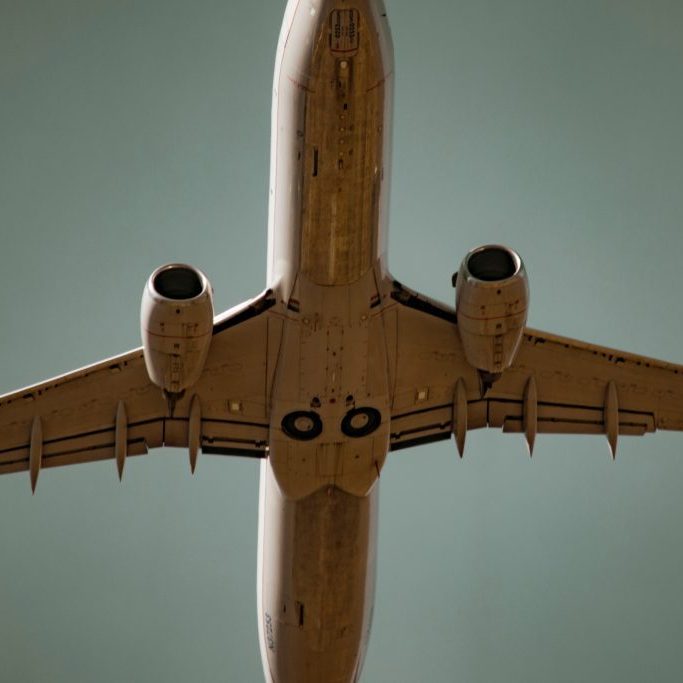
Air Service Development
The team at Laughlin-Bullhead International Airport continually works to better connect our community with the world. We understand that scheduled airline service grows a local economy and results in new development, better connectivity, and new jobs.
Airports don’t have the luxury of deciding where airlines fly, what they charge, or how they set their schedules. Airlines are independent businesses, focused on making as much money with their aircraft time as possible. They try to optimize that time by flying to the communities that will generate the most passengers, and the best fares.
Because of this, virtually all airports in the country are working to convince airlines to fly to their cities, and add new routes. IFP doesn’t really compete against Las Vegas – we compete against all similarly-sized markets in North America. A plane can be moved anywhere. We have to make the case that the best place for that plane is our airport.
A lot more goes in to developing airline service than you might think. Airlines don’t pay a lot of attention to smaller markets, like ours. We have to do a lot of research to develop the case as to why serving Laughlin and Bullhead City will make sense.
We work with experts to analyze every possible detail that could make – or break – a case for a new route. We examine passenger data, fare data, revenue data. We also delve deeply into the underlying economic conditions in our market.
In the case of Laughlin-Bullhead International Airport, with no current scheduled airline service, all of our passengers use other airports when they fly to and from our region. We conduct periodic studies where we determine our overall market size based on zip-coded ticket data from our region. We also determine which new airline routes could be best supported with this data.
We meet, in person, with airline leadership, from multiple carriers, each year. Air service development is not a short game. It can take decades of research and relationship development to turn an air service idea into flights landing on a runway.
Incentivizing Airline Service
Airlines have never been more risk averse. Often, even the strongest business case for a new route or expanded service faces a huge challenge in getting final approval for its launch. Our air service development committee works with local businesses and tourist attractions to develop funding to offset airline risk in starting service.
These offsets include things like airport fee waivers, to reduce the cost to an airline of flying to IFP; marketing support, to ensure people know about the flights, where they go, and how to book; and revenue guarantees, that help make up for anticipated airline losses as the service gets started.
More than 375 airports in the United States incentivize airline service. Without strong incentives, airlines will put their planes in other markets.


Securing Service
The ultimate goal is sustainable scheduled flights that our community will support. Because the process can take so long, and our goals can frequently change based on how airlines adjust their business plans, we have to constantly update our research, and work to build community incentives. That work, eventually, will lead to the establishment of service that can have long-term success.

